Dehydrated fruits come in a variety of forms, including whole fruits, slices, chips, or powders, depending on the desired end product. Common fruits that are dehydrated include apples, bananas, mangoes, strawberries, and apricots, among others.
One of the main benefits of dehydrated fruits is their extended shelf life compared to fresh fruits, making them convenient for storage and transportation. They also offer a convenient snack option that is portable and lightweight, making them ideal for on-the-go consumption.
Despite the removal of water content, dehydrated fruits retain much of their natural sweetness and flavor, and in some cases, the drying process can even intensify these qualities. Additionally, they maintain a good portion of their original nutrients, including vitamins, minerals, and fiber, making them a wholesome alternative to sugary snacks.
Dehydrated fruits are commonly used in various culinary applications, including baking, cooking, trail mixes, granolas, cereals, and as toppings for yogurt, oatmeal, and salads. They can also be enjoyed on their own as a tasty and nutritious snack. Overall, dehydrated fruits provide a convenient and delicious way to enjoy the flavors of fresh fruits year-round.
Technical Specifications
- Moisture Content: Typically reduced to a low level, often below 20%, to inhibit microbial growth and enhance shelf life.
- Water Activity (aw): Dehydrated fruits often have a low water activity, which contributes to their stability and resistance to spoilage.
- Size and Thickness: Specifications may include criteria for the size and thickness of the dehydrated fruit pieces, whether they are whole fruits, slices, or chips.
- Color: Dehydrated fruits should maintain an acceptable color, often resembling the original fruit but may be slightly darker due to the drying process.
- Texture: The texture of dehydrated fruits is an important consideration. It should be specified to meet certain criteria, such as crispness or chewiness, depending on the type of fruit.
- Flavor: Dehydrated fruits should retain their natural flavor and sweetness, and specifications may include acceptable taste characteristics.
- Packaging: Specifications for packaging materials, methods, and the exclusion of moisture and contaminants to ensure the quality and safety of the dehydrated fruits.
- Shelf Life: Dehydrated fruits should have a defined shelf life, and specifications may include storage conditions to maintain quality over time.
- Microbiological Criteria: Specifications may include limits for microbial contamination to ensure the safety of the product.
- Chemical Residues: Compliance with regulations regarding chemical residues, pesticides, and contaminants in dehydrated fruits.
- Value-added packs in private label
- Bulk
- Can supply as whole, cut, or in powder form


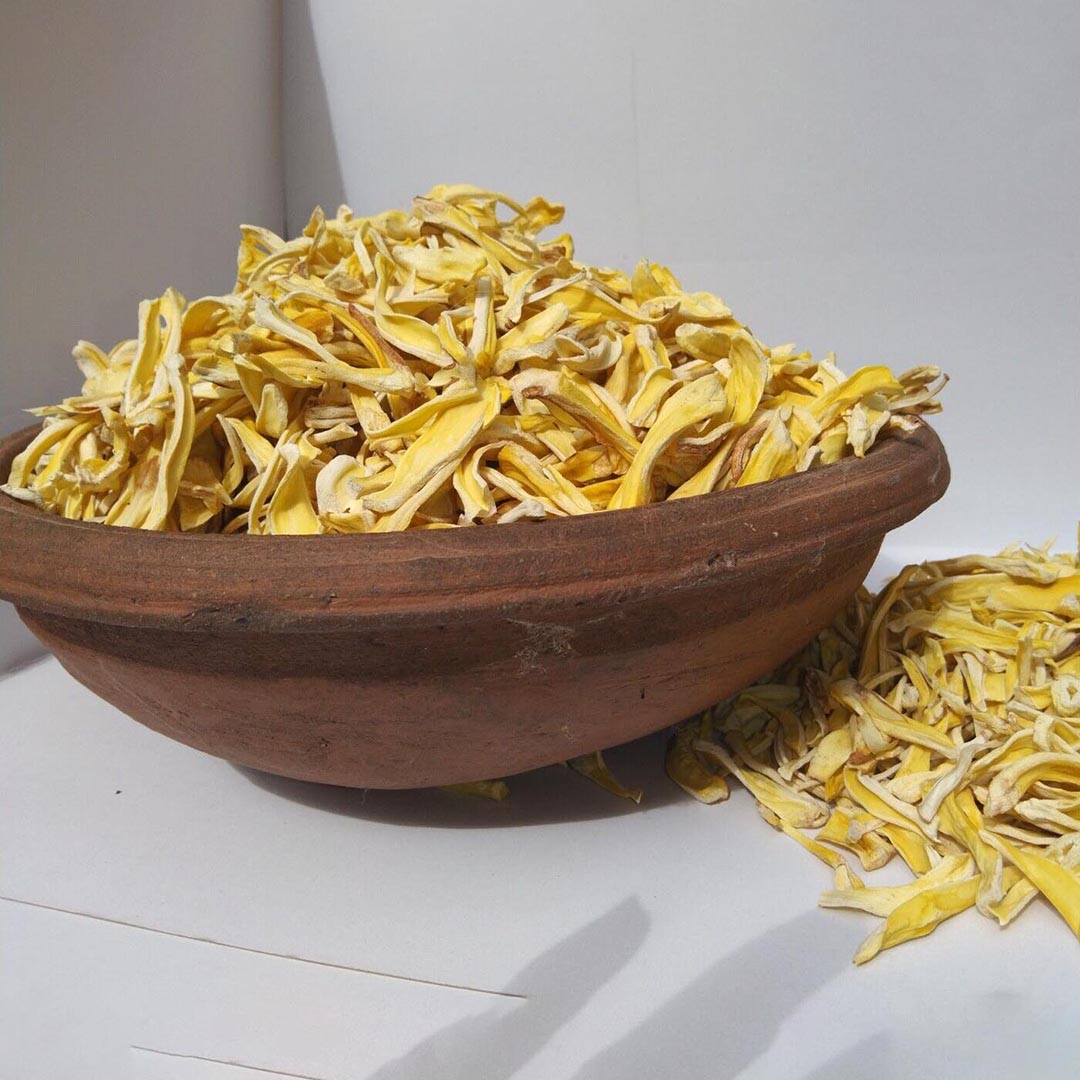
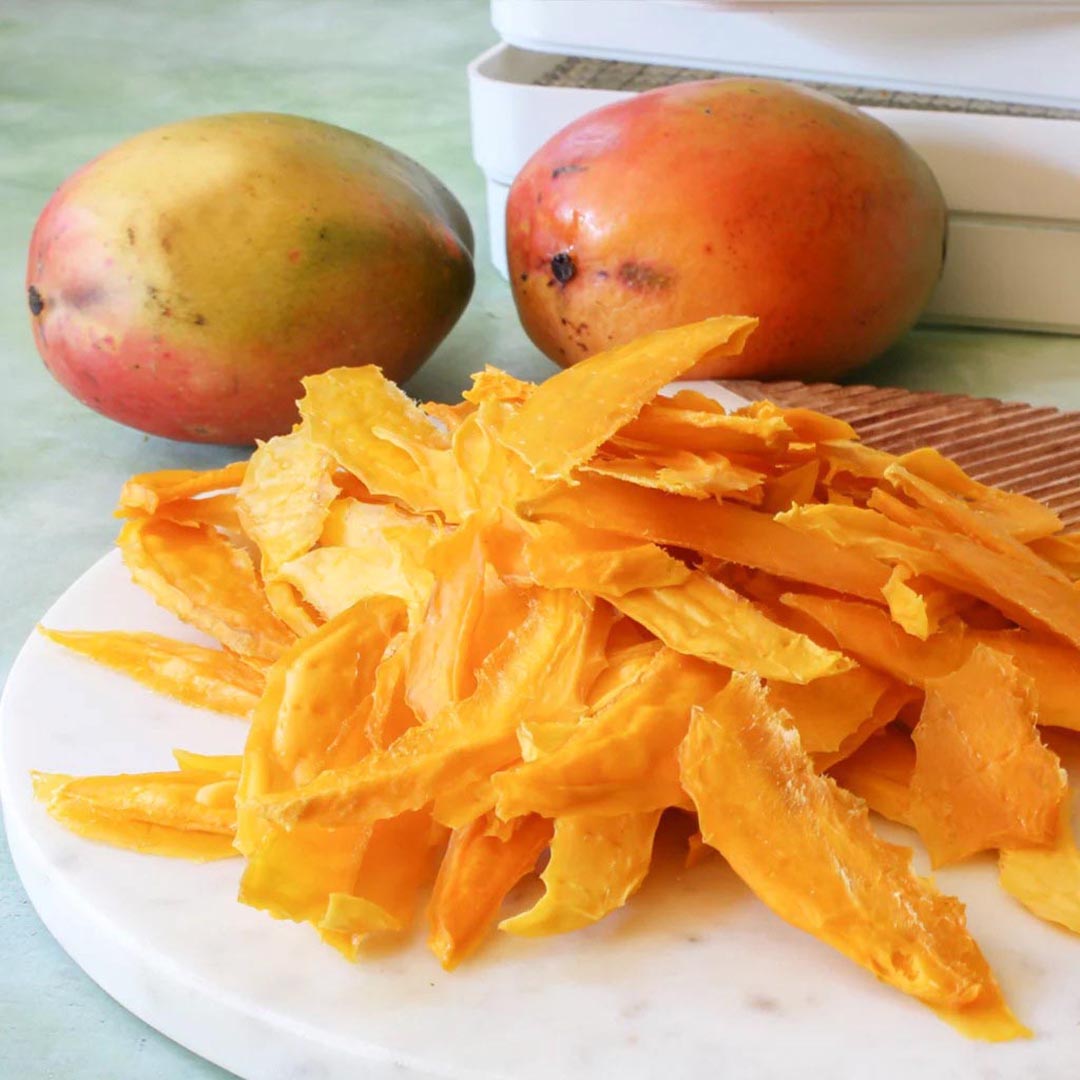
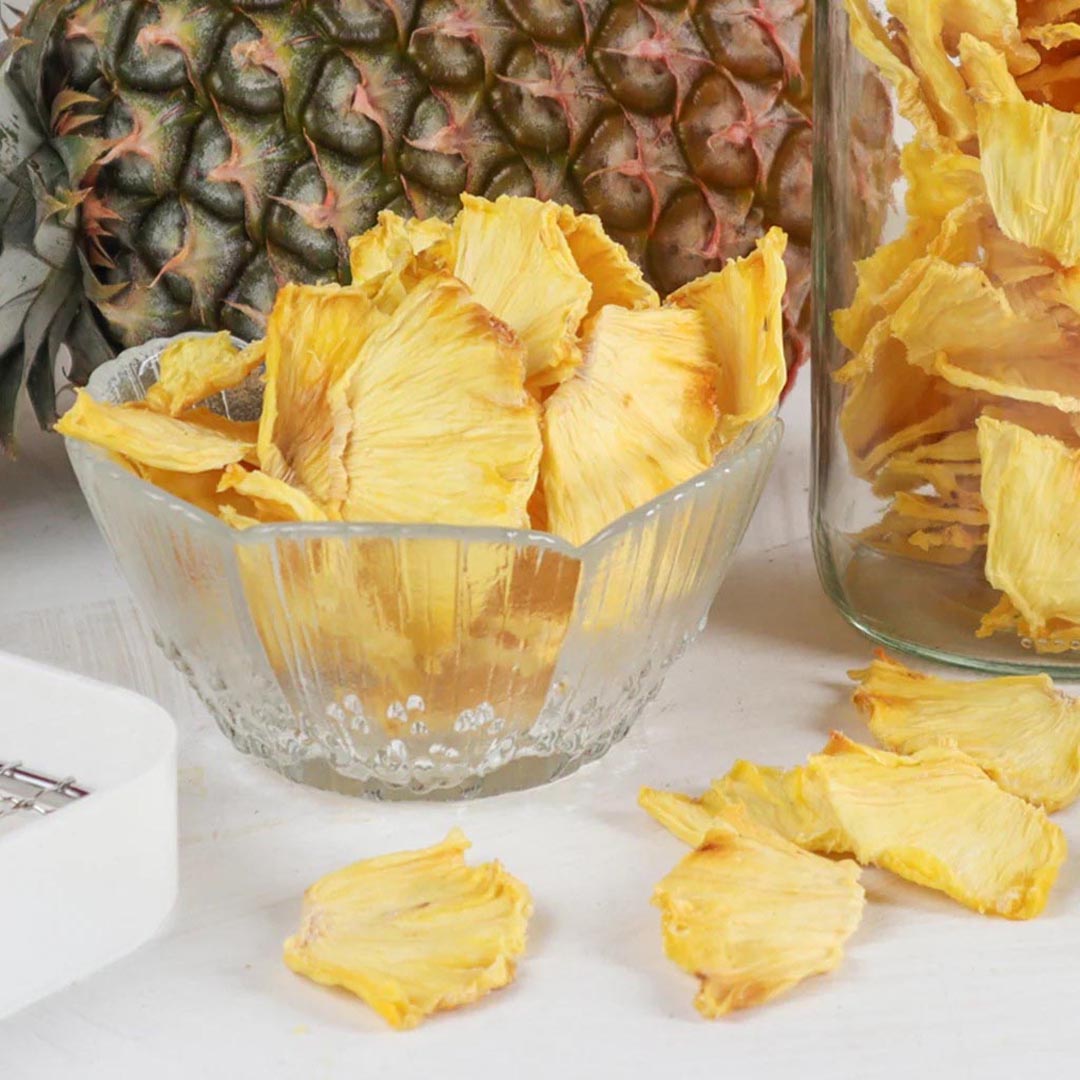
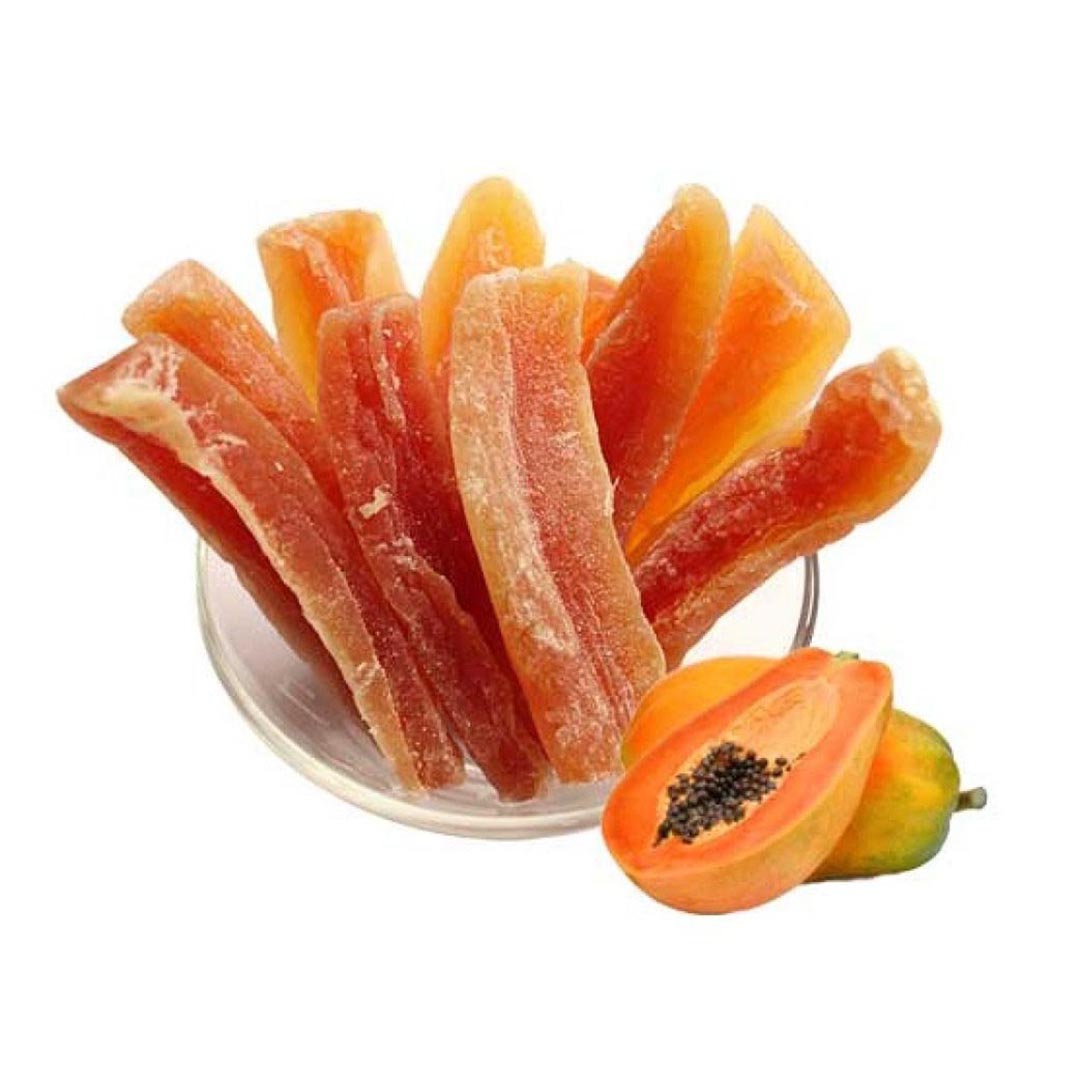
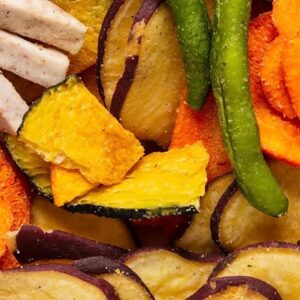

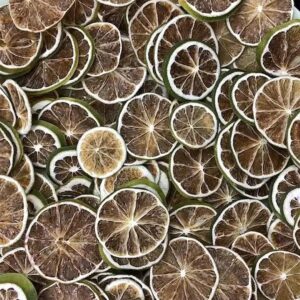
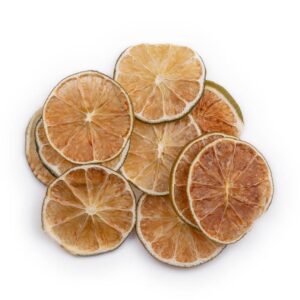
Reviews
There are no reviews yet.